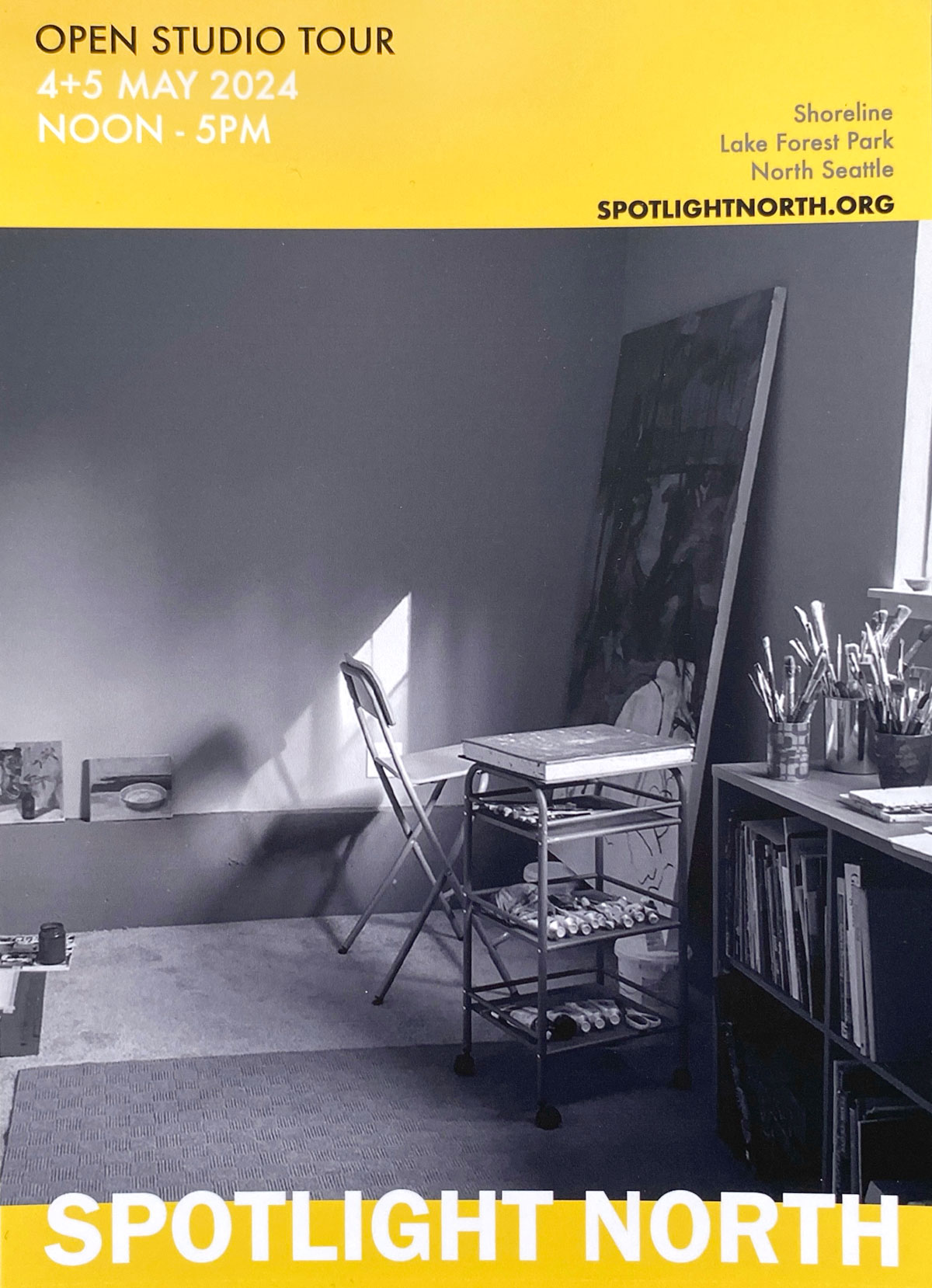
Creating a Sustainable Arts Ecosystem
The word “sustainability” is everpresent today in discussions of climate change and global warming. Less often do we hear it applied to the visual arts, which are themselves part of an ecosystem. Community support for the visual arts tends to be scattershot and fitful, reliant on the generosity of funding organizations and a handful of collectors (like Seattle’s departed Paul Allen) who, though much appreciated, can change their affections without warning or predictability. With state and local governments facing recurring deficits, arts funding is usually the last to be added and the first to be cut. Large ongoing grants from foundations most often go to established organizations like museums, theaters, schools and community associations; even if an artist competes successfully for the rare individual grant, these only fund a fraction of expenses and rarely provide ongoing support.
The path to success in art is rarely direct. Developing a meaningful body of work as an artist can require years of experimentation, skill building and detours into work that may not succeed financially but which is necessary to creative growth. For this process artists need time, a work space and opportunities to test their work in the marketplace. Artists need regular sales of their work and a growing collector base to thrive.
Today the web is increasingly accepted as the replacement for traditional art sales venues, with claims that social media and online shops make galleries obsolete. Granted, success has come to select superstars, but increasingly social media favors “influencers,” brand ambassadors and advertisers, and not actual artists, (AKA “content creators”). The algorithms of Instagram and Facebook surface primarily the minority who are already famous and successful, while offering less and less visibility to artists who need a reliable showcase where their work can connect to buyers. [Read more…]